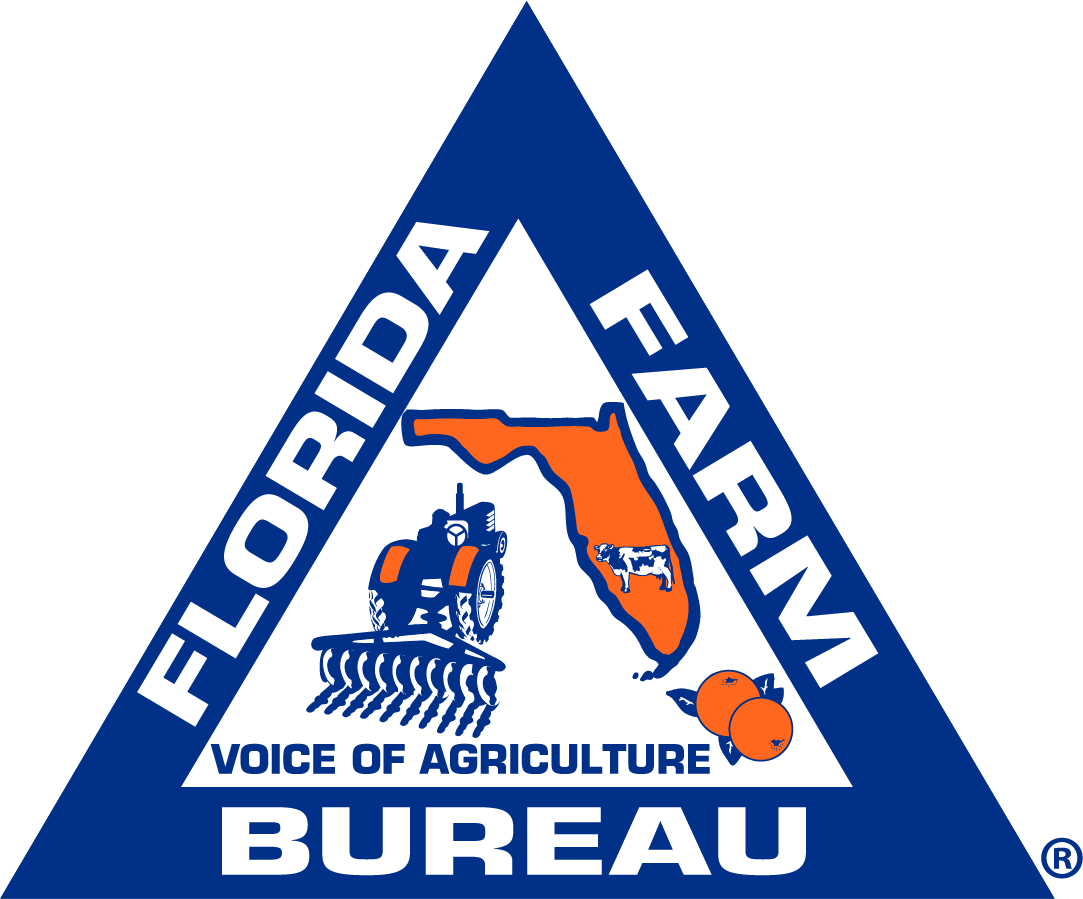April 22, 2019
 A new study reported by scientists at the University of South Florida (USF) has pinpointed the cause of the red tide outbreaks in Florida last year.
A new study reported by scientists at the University of South Florida (USF) has pinpointed the cause of the red tide outbreaks in Florida last year.
Using a deep-sea drone, the researchers discovered that unusual currents in the Gulf of Mexico made the 2018 outbreaks the worst the state has experienced in 10 years.
In contrast to many claims made by casual observers, fertilizers were not the culprits. Red tide algae, known scientifically as Karenia brevis, occur naturally in the Gulf and were driven close to shore by changes in the ocean itself.
“This further demonstrates that the ocean circulation is the major determinant of Florida’s Karenia brevis harmful algae blooms, dispelling the myth that land-based fertilizers are to blame,” said Robert Weisberg, USF professor of physical oceanography. “While pollutants can exasperate an existing red tide, they are not the root cause.”
To conduct the research, the USF group and Florida Fish and Wildlife Conservation Commission staff deployed an autonomous underwater glider for a near month-long mission.
Sampling helped identify the initiation zone for the outbreaks near the middle shelf of the Gulf of Mexico, some 30 to 50 miles off the coast from Sarasota Bay to north of Tampa Bay.
A report on the study was published in the Journal of Geophysical Research-Oceans. For more information from USF, visit http://news.usf.edu/article/templates/?a=8910&z=220.
(Photo courtesy of USF)

